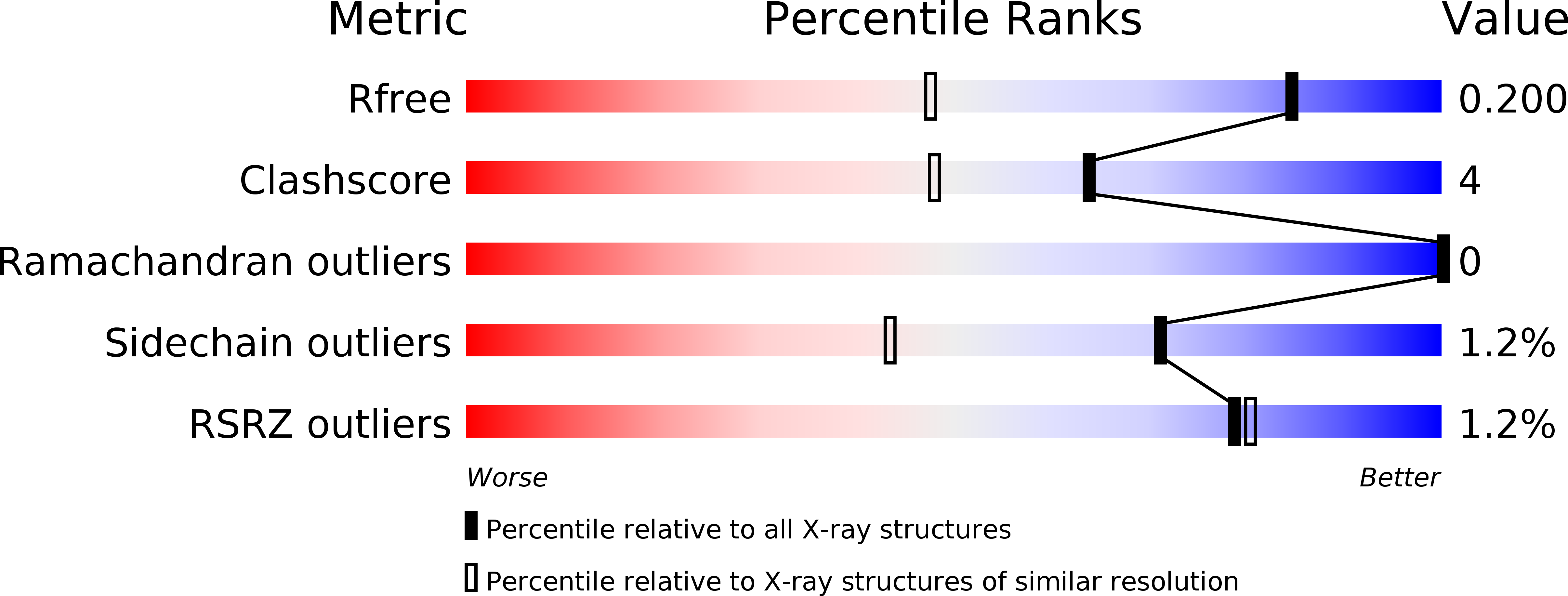
Deposition Date
2015-04-01
Release Date
2015-09-16
Last Version Date
2023-09-27
Entry Detail
PDB ID:
4Z47
Keywords:
Title:
Structure of the enzyme-product complex resulting from TDG action on a GU mismatch in the presence of excess base
Biological Source:
Source Organism:
Homo sapiens (Taxon ID: 9606)
synthetic construct (Taxon ID: 32630)
synthetic construct (Taxon ID: 32630)
Host Organism:
Method Details:
Experimental Method:
Resolution:
1.45 Å
R-Value Free:
0.19
R-Value Work:
0.14
R-Value Observed:
0.14
Space Group:
C 1 2 1


